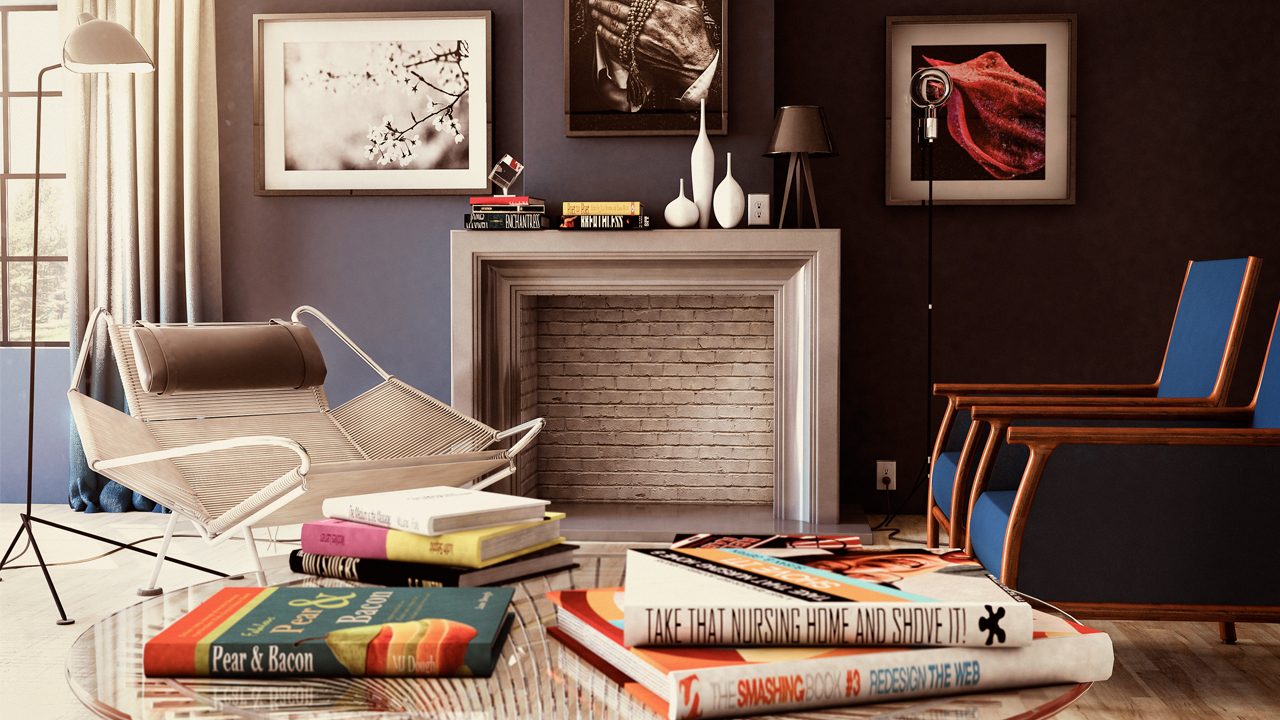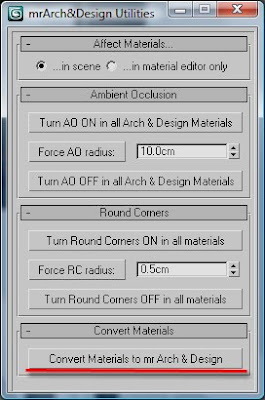

I also had to go into the plane’s object properties and uncheck visible to reflection / refraction. I had to pass the bitmap of my background through an environment/Background camera map node in the slate material editor for it to work, however. I did as you suggested, and I used the matte/shadow/reflections material for the ground plane. I’ve thought about rendering the sphere without shadows in mr, and then the shadows by themselves with scanline (so that I can use the matte/shadow material), but if there is a better way to do this, I would love to know about it.

I’m okay with the shadows being a different render. When I render, I want the end result to be the sphere on a transparent background with the shadow(s) so that I may composite this onto my original image in After Effects or Photoshop. Just for record, I’m using a spherical environment map (a 360 panorama) for reflections, but showing the image I’m compositing this sphere onto in the end for the viewport background (so that I can align my camera). The matte/shadow/reflections material that mr has also does not seem to work properly. However, I’m using mental ray, and it does not support this material. This is easily achieved in Scanline by applying the matte/shadow material to the plane. However, I want to make the ground plane invisible, but I want the shadows to still be visible.

I have a sphere in my scene which is casting shadows onto a plane, acting as the ground. I’ve seen this question posted many times ino ther places, but there never seems to be a confirmation that the solutions work fully or anything.


 0 kommentar(er)
0 kommentar(er)
